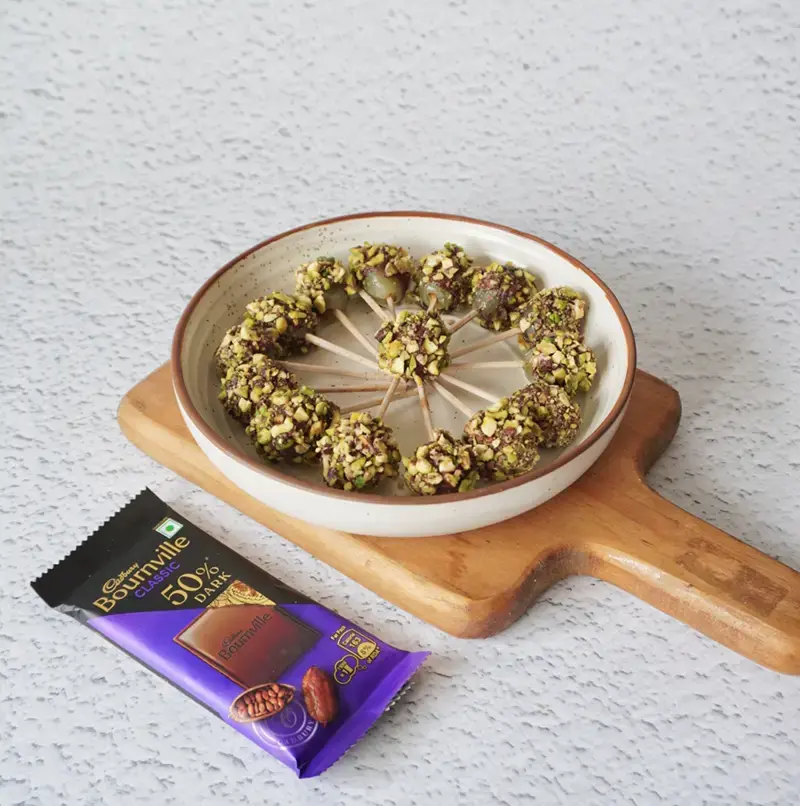Almond meringues paired with whipped creams make for delicious messy dessert cakes, which, like their rich taste, have a rich history around them too
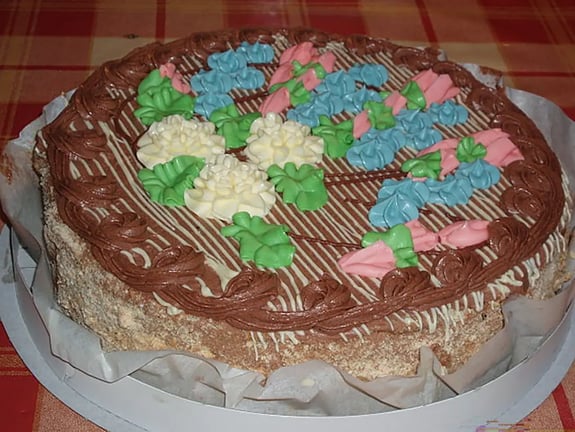
Before we go into the dessert cakes, what exactly is meringue and how did it make its way into desserts? Meringue is a whipped concoction made with egg whites and sugar. It is said to have been invented in 1720 by the Swiss pastry chef Gasparini, although some say he just perfected an existing recipe, and did not invent it. Since Gasparini worked in the Swiss town of Meiringen, the name of this delicate confection comes from there. Today, there are three kinds of meringue—the Swiss (dense), French (raw) and Italian (cooked) that exist and are part of cakes and other different desserts. We take a look at a handful of cakes that use meringue in them, not as a topping, but inside the cake—to form the structure and give a distinct taste to the desserts.
1. Agnes Bernauer torte
A Bavarian almond meringue cake with coffee buttercream, this cake was made in the German town of Straubing in honour of Agnes Bernauer. She was the lover of Duke Albert III of Bavaria, who was falsely accused of witchcraft by the Duke’s father Duke Ernst who thought a commoner like her was unfit for his noble son. She was drowned by the Duke’s father in the Danube River as a result. The cake is a speciality of the Krönner Confectionery and Café has five layers with almond meringue (it is sweet with a mild crunch) that form thick discs and are kept in place by the custard-like coffee buttercream. Sliced almonds are neatly arranged on top of this cake which is typically round in shape. The cake finds mentions in Christian Friedrich Hebbel’s play Agnes Bernauer: A Tragedy in Five Acts, and also in Carl Orff’s folk musical Die Bernauerin.
2. Pavlova
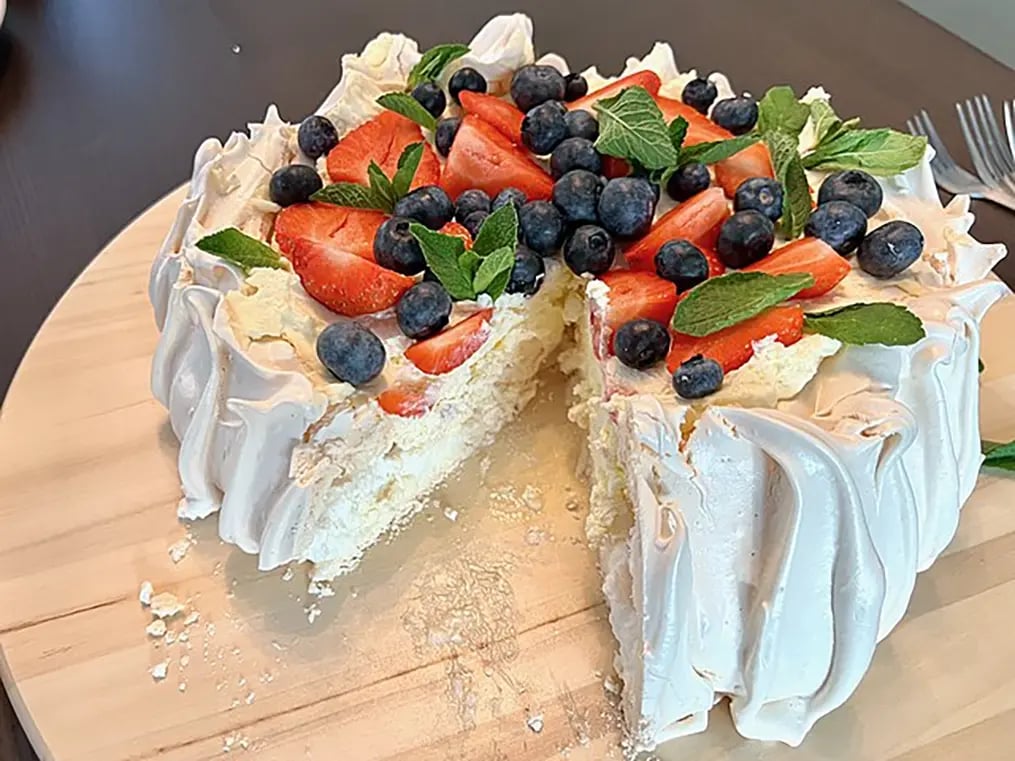
A summer dessert from Australia, Pavlova was named after a Russian ballerina, Anna Pavlova, who was visiting New Zealand and Australia in the 1920s. Meringue sits at the centre of the Pavlova which is generously covered in whipped cream and topped with fruits that are sweet with a tartness to them. The original Pavlova was a colourful gelatine cake and the recipe for this appeared in print in 1926. New Zealanders say the same as the Australians and say it was their invention, citing the tale of an unnamed chef at the Wellington hotel, who created pavlova during the ballerina’s only tour of the country. As for the Australian side, it is said that chef Herbert “Bert” Sachse created the pavlova at Perth's Esplanade Hotel in 1935. The manager, Harry Nairn, had remarked that the cake was “as light as pavlova”, hence the name.
3. Mansikkakakku
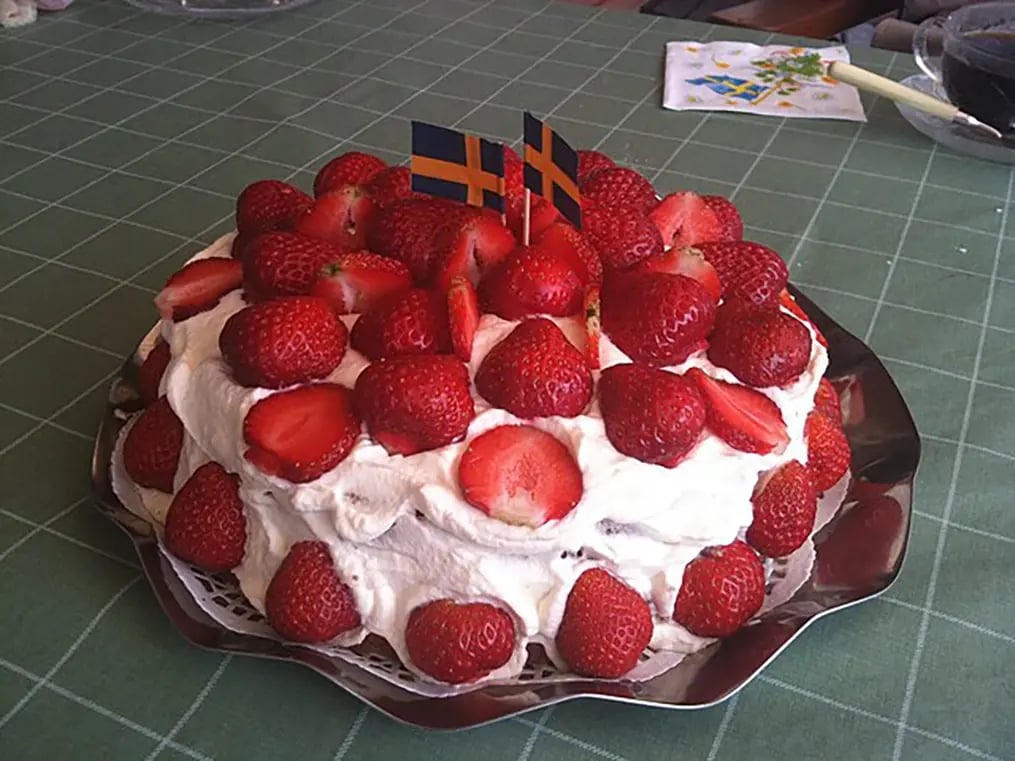
Mansikkakakku literally translates to strawberry cake that is from Finland. The meringue with ground almonds is prepared and baked then dried and similar to the Pavlova, it's topped with whipped cream and strawberries. But unlike Pavlova that's a glorious mess, these are done in layers to form discs of meringue with the whipped cream and strawberries in between them to look like a cake straight out of a gourmet dessert magazine. The cake is typically chilled before eating
4. Esterházy torta

Coming from Budapest, Hungary, this cake was said to have been invented by local confectioners in the late 1800s for Prince Paul III Anton Esterházy de Galántha, a member of the Esterházy dynasty, after whom it was also named. The prince was also a well-known gourmand and this cake enjoys popularity as much as the Dobos Torte and Sachertorte. It was the same person who created the famous Sachertorte, Franz Sacher, who created this almond meringue cake too. There have been many variations since then but he was the one who created it first, since he was serving the prince's court when the cake was invented. The cake's meringue sponges are lined with vanilla buttercream that is spiked with Cognac. It has a white fondant icing topping, decorated with chocolate in a spiderweb pattern or Chevron marbling style.
5. Spanische Windtorte
Coming from the Baroque period of the Austro-Hungarian era, this cake is quite fancy and uses meringue and whipped cream in its creation. Many recipe books from the 1800s have a recipe for this cake that calls it the fanciest cake of Vienna, which extends to both its appearance as well as the painstaking process involved in its making. The meringue layers are baked first, then the whipped cream with its fresh fruits, which goes between them. It's anything but graceful given its messy appeal and it needs to be eaten immediately.
6. Kyiv Cake (Kyivski tort)
Tracing its origin to the Soviet era, this cake is from Ukraine that ditches the normal gluten sponge cake for a nutty meringue. It's crunchy and airy and was said to have been created in the country’s Karl Marx Confectionery Factory, in 1956. The nuts used changed with time from almonds to later cashews and hazelnuts and this meringue layer is topped with vanilla and chocolate buttercream with more meringue layers on top. Chopped nuts grace the tops and it's traditionally chilled before eating for the buttercream to thicken into a mousse.
7. Zuger Kirschtorte

A Swiss layered cake that uses sponge cake, buttercream and a nutty meringue, this cake is boozy because it uses Kirschwasser, a sour cherry brandy, that is also used in the German Black Forest Cake. The cake gets its name from the place Zug in Switzerland and was prepared by a pastry chef named Heinrich Höhn in 1921, at the confectionary Treichler. The sides of the cake are decorated with roasted almonds and the top is lightly dusted with icing sugar.
Like This Article?
More Like This


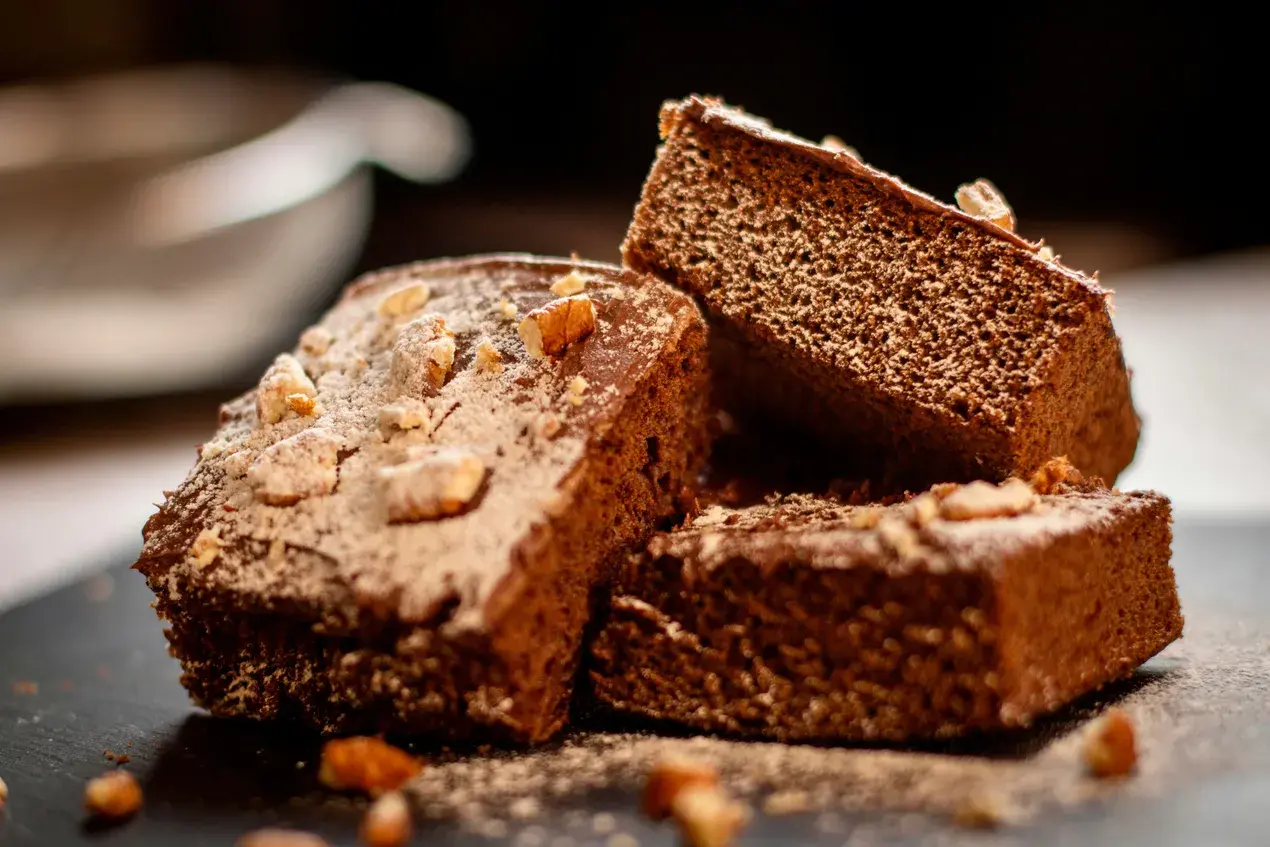

Popular Articles





Trending Web Stories
Curated Recipes

